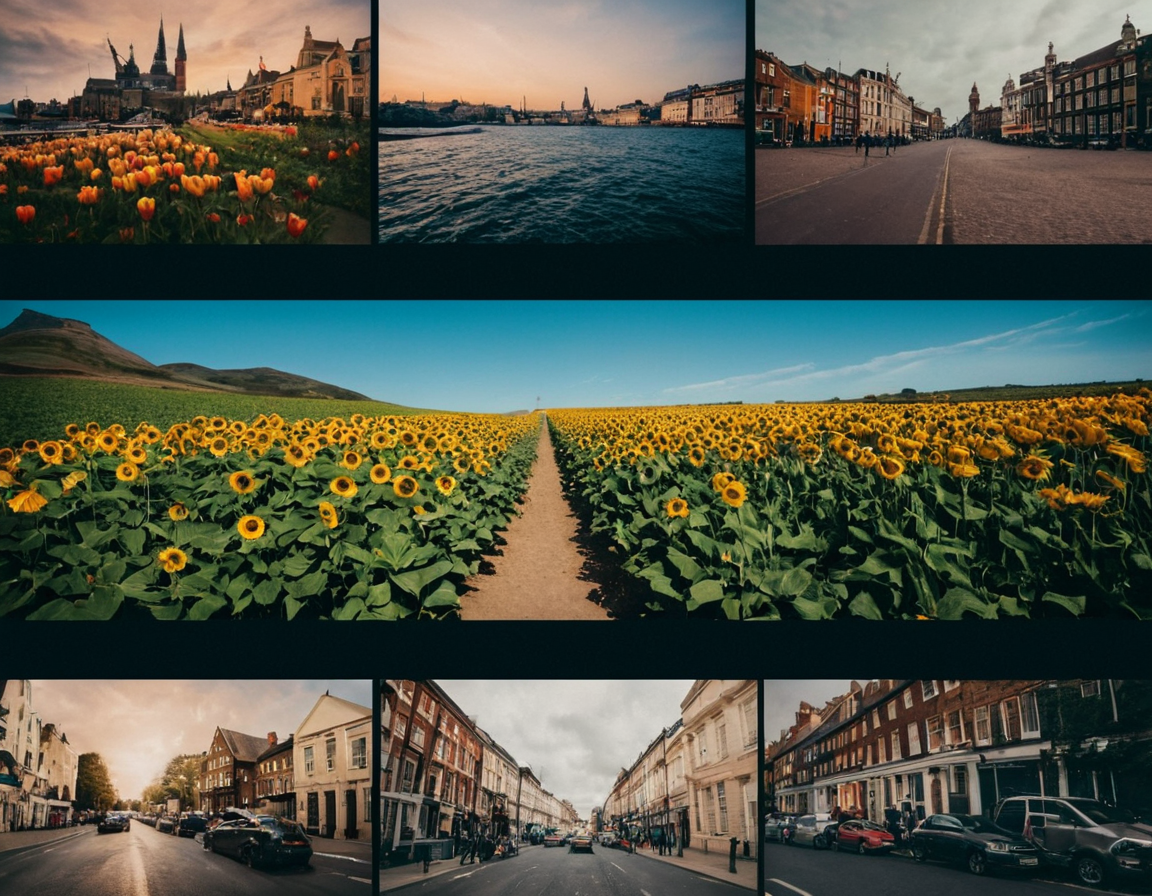Top Tips on Diverse Portfols in Photograph

Building a Diverse Photography Portfolio: A Guide for Emerging Photographers
Introduction
As an emerging photographer, having a diverse portfolio is crucial for standing out in the industry. A well-curated portfolio not only showcases your skills but also helps you to differentiate yourself from others. In this article, we will discuss the importance of building a diverse photography portfolio and provide practical tips on how to achieve it.
Understanding the Importance of Diversification
A diverse portfolio is one that showcases a wide range of photographic styles, genres, and subjects. This approach helps to:
- Attract potential clients who are looking for specific types of images
- Establish your expertise in various fields
- Avoid being pigeonholed into a single style or genre
Step 1: Identify Your Interests and Strengths
The first step in building a diverse portfolio is to identify your interests and strengths as a photographer. Ask yourself:
- What genres of photography do I enjoy the most? (e.g., landscape, portrait, street)
- What are my technical skills? (e.g., lighting, composition, post-processing)
- What subjects do I want to focus on? (e.g., wildlife, sports, fine art)
Step 2: Research and Experiment
Once you have a clear idea of your interests and strengths, it’s time to research and experiment.:
- Look at the work of other photographers who are established in your desired genres or fields.
- Try out new techniques, styles, and subjects to see what works for you.
- Take online courses, attend workshops, or join photography communities to learn from others.
Step 3: Build a Strong Foundation
;”>
A strong foundation is essential for building a diverse portfolio. This includes:
- Developing your technical skills through practice and education
- Learning about the industry standards and best practices
- Understanding the importance of copyright, licensing, and model releases
Step 4: Create a Body of Work
––
Creating a body of work is crucial for building a diverse portfolio. This includes:
- Taking photographs that showcase your skills and style
- Editing and post-processing your images to ensure they are of high quality
- Writing captions, descriptions, and keywords that accurately represent your images
Step 5: Curate Your Portfolio
––
Curating your portfolio is essential for presenting yourself in the best possible light. This includes:
- Selecting only your strongest work
- Ensuring that your portfolio is well-organized and easy to navigate
- Keeping your portfolio up-to-date by regularly adding new content
Conclusion
Building a diverse photography portfolio takes time, effort, and dedication. By following these steps and staying focused on your goals, you can create a strong foundation for your career as a photographer.
Call to Action
If you’re serious about building a diverse portfolio, start by identifying your interests and strengths. Research and experiment with new techniques, styles, and subjects. And most importantly, always keep learning and pushing yourself to improve.
Thought-Provoking Question
----------------?
What would happen if you were to take a break from photography for a month? How would it affect your portfolio and your motivation to continue creating?
About Emily Williams
As a seasoned photographer and educator, I help creative minds unlock their potential on lentecreativa.com. With a focus on real-world tips & techniques, I inspire photographers to push boundaries & tell stories that matter.
